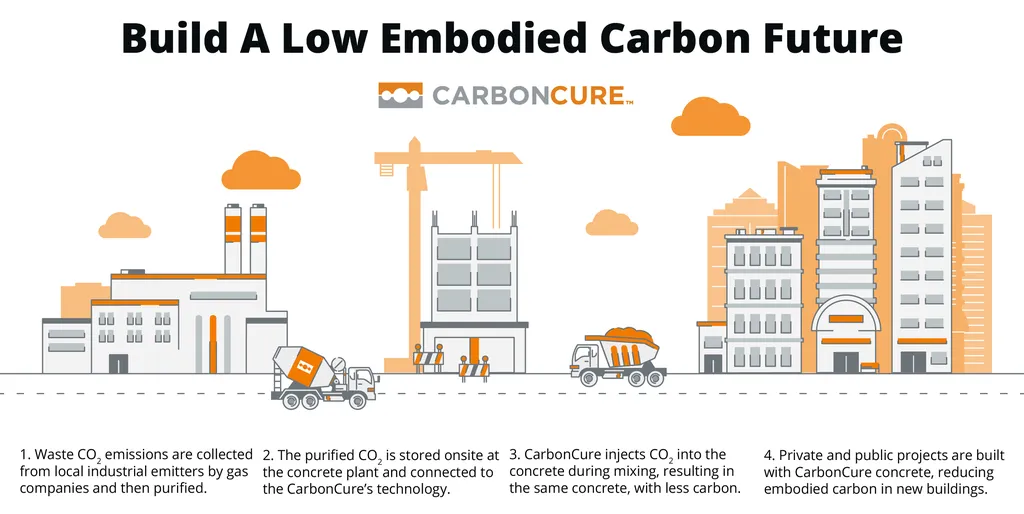In a significant stride towards sustainable construction, researchers have developed a lightweight, energy-efficient alternative to traditional infill walls, promising to reduce the environmental impact of buildings while improving their performance. The study, led by Muneeb Iqbal Ahmed from the National University of Sciences & Technology (NUST) in Islamabad, explores the potential of expanded polystyrene (EPS) concrete panels, offering a compelling solution for the energy sector and construction industry.
The increasing weight of conventional brick or concrete block infill walls poses a considerable challenge, particularly in seismic zones where the mass of these walls attracts significant forces during earthquakes. Ahmed and his team set out to address this issue by developing EPS concrete panels with densities ranging from 1000 to 1100 kg/m³. By incorporating both small (0.71–1 mm) and large (1–1.66 mm) EPS beads, they created a lightweight alternative that significantly reduces the superimposed dead load (SDL) on structures.
The researchers employed statistical modeling techniques, including Analysis of Variance (ANOVA) and Response Surface Methodology (RSM), to optimize the mix designs. The high model accuracy (R² > 0.80) ensured the reliability of their findings. Experimental tests revealed that the EPS concrete panels exhibited a 47% reduction in thermal conductivity and 60–70% lower permeability compared to traditional bricks. Moreover, water absorption was 50% lower, and despite a 43–48% reduction in density, the panels achieved 75% of the compressive strength of conventional materials. Notably, the diagonal force stability of the EPS panels was approximately 30% greater than that of brick masonry.
“These findings suggest that EPS concrete panels significantly reduce the non-structural dead load while improving thermal conductivity, water absorption, diagonal shear resistance, and other properties,” Ahmed explained. “This leads to more economical and sustainable construction, offering a durable and heat-resistant alternative to traditional infill wall materials.”
The implications of this research for the energy sector are substantial. Buildings account for a significant portion of global energy consumption, with heating and cooling being major contributors. The improved thermal performance of EPS concrete panels can lead to reduced energy usage and lower carbon emissions, aligning with the growing demand for sustainable and energy-efficient buildings.
As the construction industry continues to seek innovative solutions to enhance sustainability and performance, the development of EPS concrete panels represents a promising advancement. By reducing the environmental impact of buildings and improving their energy efficiency, this research has the potential to shape future developments in the field.
The study, published in the journal Scientific Reports (translated to English as “Scientific Reports”), provides a robust foundation for further exploration and application of EPS concrete panels in sustainable construction practices. As the world increasingly prioritizes sustainability, the findings of this research offer a compelling pathway towards more efficient and environmentally friendly building solutions.

